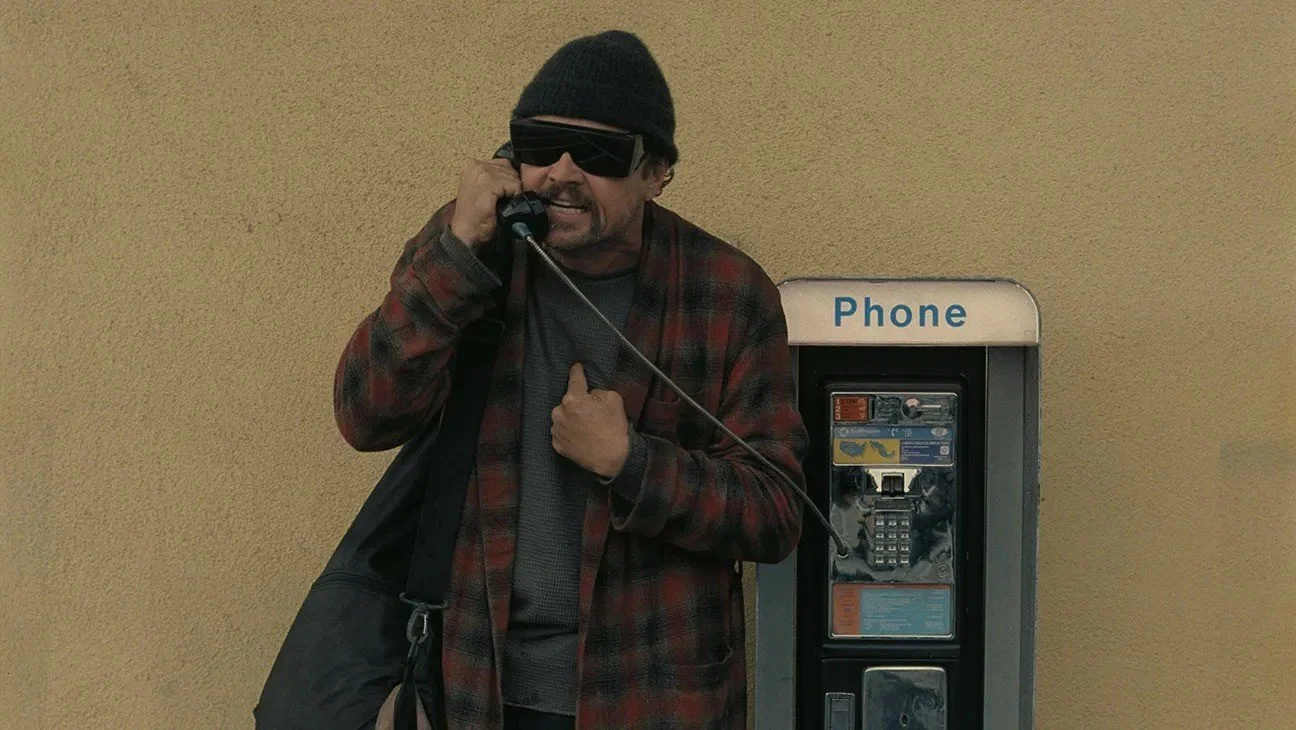Hot Docs 2024: Porcelain War
As seems to be the case with many movies about Ukraine’s resistance to Russia's invasion, Porcelain War is a compelling piece of propaganda, but propaganda nonetheless. I mean this descriptively; the movie is meant to stir up sympathies in the West. In fact, it was screened for American senators in Washington, D.C. prior to the Senate voting to approve more money and weapons for Ukraine. Clearly, the propaganda is working. As well, the propaganda approach is nothing new for cinema, specifically documentaries and narratives about wartime, as anyone who knows about Hollywood cinema during World War II can attest.
Porcelain War may be propaganda, but it’s also beautiful and frequently fascinating, with a sharp visual sense and an incredible score of Ukrainian folk music from the band DakhaBrakha. It benefits hugely from just how gorgeous it frequently is, whether the camerawork and music, or the porcelain that its central characters make. But it’s never nuanced, never critical—which, being propaganda, shouldn’t surprise us.
The central figures are Anya Stasenko and Slava Leontyev (who co-directs the film with American filmmaker Brendan Bellomo), Ukrainian artists who specialize in porcelain figurines. Slava designs and creates the figurines while Anya paints them with fantastical watercolours. The resulting creations are delicate and striking, the undeniable work of talented artists. They also exemplify the strong artistic and romantic bond between Anya and Slava, who seem to be perfectly in sync on everything in their quiet life they live alongside their small dog, Frodo.
But when Russia sets its sights on Ukraine, Anya and Slava’s lives are thrown into disarray. First, they’re driven from their home in Crimea to Kharkiv. Then, when Russian troops invade in February 2022, they come under constant bombardment. Kharkiv lies near the border with Russia and has been at the centre of daily bombings and attacks since the invasion began. Electricity and clean water come and go. Bombs hit nearby buildings and drive citizens into the subway stations for cover. But Anya and Slava refuse to leave. Rather, they continue making their porcelain figures in the evening under cover of darkness. During the day, Slava trains citizens to become soldiers as part of the Ukrainian special forces. He’s a soldier by day, artist by night. And to him, continuing to make his Ukrainian art is as important as defending his homeland; to him and Anya, art and war are two sides of the same whole.
Working virtually with Brendan Bellomo, Slava and his videographer and painter friend, Andrey, capture the daily routines of their life and work, both as artists and soldiers defending their homeland. We watch Anya’s meticulous painting of the figurines, using tiny watercolour brushstrokes to bring to life Ukrainian folk stories painted on a snail’s shell or elaborate patterns on an owl’s wings. We watch Slava train Ukrainian citizens to be soldiers on the firing range. We also meet Slava’s Special Forces unit, Saigon, and watch them on patrol in the countryside around Kharkiv, searching for Russians with drones and even dropping bombs on them.
In the movie’s most harrowing sequence, Saigon is deployed to Bakhmut and we virtually go along for the ride thanks to GoPro cameras strapped to the team’s chests and drone cameras surveying the combat from above. We follow the unit into bombed out buildings and watch as they rain mortars down on advancing Russian troops. It’s a tense, viscerally overwhelming sequence. It’s also somewhat queasy to watch Russian soldiers get killed like they’re enemies in a video game, with us at a comfortable remove, viewing them as faceless evil monsters, the Ukrainian soldiers as uncomplicatedly heroic.
Bellomo never questions the nature and approach of his subject matter in Porcelain War. He’s satisfied to present the imagery on screen, let the artists craft the footage and tell their stories, and to not press them on the moral implications of their decisions. Some of the imagery speaks for itself and occasionally even poses these questions that Bellomo never does explicitly—perhaps accidentally. For instance, midway through, Anya paints elaborate patterns onto a drone, creating a weapon into a work of art. The film frames this as Anya creating beauty out of ugliness, but it can also work the other way, with Anya’s art perverted by the everpresence of war and death.
Typically in the West, artists are some of the first people to speak out against war and violence, but Ukraine is not in the West. Western artists enjoy a comfortable distance from war, like the viewers of this film do, but artists in Ukraine aren’t afforded the same distance. Therefore, it’s refreshing, in a sense, that Slava and Anya are so upfront about their views of war and the use of art in it. But it also creates a moral murkiness that the filmmakers, Slava being one of them, have no interest in interrogating.
Thus, Porcelain War ultimately can’t help but be propaganda. It’s engrossing. It’s delicately shot. It’s compelling. It’s even inspiring. But it’s relatively straightforward, simple even. War and art are never truly simple. No matter how satisfying the film is in the moment, you leave the film with the suspicion that what you have witnessed is more curation than documentation, an inspiring work of art, yes, but one that is interested in offering easy resolution to the tangled moral complications war always entails.
7 out of 10
Porcelain War (2024, Ukraine/USA/Australia)
Directed by Brendan Bellomo and Slava Leontyev.



Ben Leonberg’s Good Boy succeeds entirely due to its novel concept and the very good dog at its centre.